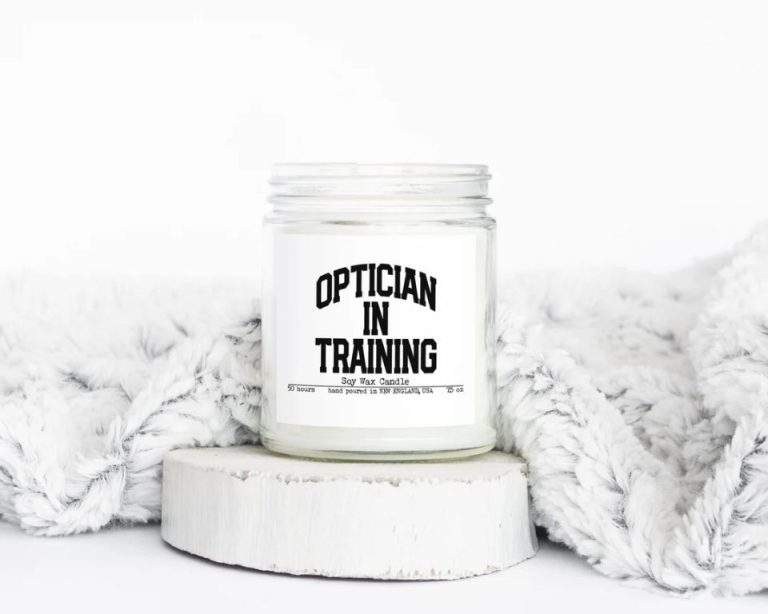What Essential Oils Are Toxic When Burned In A Candle?
Essential oils are aromatic compounds extracted from plants. They are highly concentrated and contain the natural smells and flavors of the plant source. Some of the most popular essential oils include lavender, peppermint, tea tree, eucalyptus, lemon, and frankincense.
Essential oils have seen a surge in popularity in recent years. The global essential oil market size was valued at $10.47 billion in 2022 and is projected to reach $22.41 billion by 2030, according to Fortune Business Insights. Diffuser sales and candle usage has risen with the increased interest in essential oils and natural wellness products.
Benefits of Diffusing Essential Oils
Diffusing essential oils provides many benefits through the power of aromatherapy. Inhaling essential oils sends signals to the olfactory nerves, which transmit signals to the limbic system of the brain that controls emotions and memories (1). Diffusing oils like lavender and chamomile can promote relaxation and reduce anxiety, while energizing oils like lemon, orange, and peppermint can boost mood, concentration, and alertness.
Diffusing essential oils also purifies indoor air. Essential oils contain natural compounds that can help neutralize mold, bacteria, and unpleasant odors. Diffusing oils creates an aromatherapeutic effect while naturally freshening the air (2). Popular purification oils include tea tree, eucalyptus, and lemon.
Lastly, diffusing provides natural fragrance. Rather than using artificial room sprays and candles, essential oil diffusers allow you to fill your space with natural, plant-based aromas. Diffusing a few drops of jasmine, vanilla, or sandalwood oil will subtly scent the air with natural fragrance.
(1) https://homesick.com/blogs/news/16-essential-oil-diffuser-benefits
(2) https://www.thescentapothecary.com/post/12-key-benefits-of-essential-oil-diffuser
Dangers of Burning Certain Oils
While essential oils can have many benefits when diffused or applied topically, burning them in candles or incense can be dangerous due to toxicity and air pollution concerns. Certain essential oils contain compounds that can be irritating or even toxic when inhaled, especially in concentrated amounts.
According to Healthline, burning essential oils can release potentially hazardous indoor air pollution, including volatile organic compounds like formaldehyde and acetaldehyde (source). These compounds can irritate the eyes, nose and throat, and worsen respiratory problems like asthma. The Poison Control Center also warns that inhaling concentrated essential oils can potentially cause chemical pneumonitis if oils get into the lungs (source).
Oils like wintergreen, eucalyptus, thyme, oregano and cinnamon bark contain compounds like methyl salicylate, cineole, thymol and cinnamaldehyde that can be toxic if inhaled directly. Burning these undiluted oils releases high concentrations of these compounds into the air. This can pose respiratory risks, especially for children, pregnant women, the elderly and those with asthma or other breathing problems.
Oils to Avoid Burning
Certain essential oils can be hazardous when burned in candles. According to Can I use Essential Oils in Soy Candles-Is it Safe?, essential oils can become toxic when heated. The most dangerous oils to avoid burning in candles include:
- Wintergreen – Contains a high percentage of methyl salicylate, which is toxic when heated.
- Clove – Creates a sooty flame and unpleasant scent when burned.
- Ylang ylang – Can cause respiratory irritation.
- Cinnamon bark/leaf – Irritates lungs when inhaled.
- Peppermint – Unpleasant smell when burned.
- Citrus oils like lemon, orange, grapefruit – Creates soot when burned.
According to Can You Use Essential Oils For Candle Making?, wintergreen, birch, cinnamon bark, citronella, clove bud, pine and sweet birch essential oils are the most hazardous to burn and should always be avoided.
Why These Oils are Hazardous
Certain essential oils can release toxic compounds and particles when burned, posing health risks especially for those with respiratory conditions like asthma. Here’s an explanation of some of the most hazardous oils when burned:
Eucalyptus oil – When burned, eucalyptus oil releases eucalyptol into the air which can cause respiratory irritation especially in children. Eucalyptol has been associated with asthma attacks, coughing, wheezing, and shortness of breath (Source).
Peppermint oil – Peppermint oil contains menthol which can irritate the throat and lungs when inhaled, particularly for those prone to breathing issues. Menthol may also worsen gastroesophageal reflux (GERD) symptoms (Source).
Lemon oil – Lemon oil is highly irritating when inhaled and contains limonene which has been linked to asthma attacks and breathing difficulties when burned (Source).
Tea tree oil – Studies show tea tree oil releases potentially toxic chemicals like 1,8-cineole when burned which can cause irritation, coughing, and breathing problems (Source).
Safer Alternative Oils
When choosing essential oils for candle making, some safer options include:
- Lavender – With its relaxing scent, lavender is one of the most popular oils for candles. It has a low flashpoint so it can be safely burned (Source).
- Chamomile – This gentle floral aroma has calming properties. Chamomile oil is less irritating than other oils when burned (Source).
- Cedarwood – With its woody, earthy fragrance, cedarwood oil is often used in candles and has a high flashpoint (Source).
- Ylang Ylang – This sweet, floral scent mixes well with other oils. Ylang ylang is commonly used and safe for candle making (Source).
Focusing on these gentler oils can help minimize risks when making scented candles at home.
Using Candle Warmers
Candle warmers provide a safer alternative to burning candles with essential oils. By using a candle warmer, you can enjoy the aroma of essential oils without the risks associated with burning them. Candle warmers gently heat wax melts or scented oils to release their fragrance.

Compared to burning essential oil candles, using a candle warmer has several benefits:
- Reduces risk of toxic smoke or soot
- Eliminates open flames, which improves safety
- Allows better fragrance control by adjusting warmer setting
- Less waste since wax melts can be reused
- Oils retain their therapeutic benefits when heated, unlike when burned
Popular electric candle warmers like the one offered by Amazon provide an aroma experience free of smoke, soot, and fire hazards. They are economical to use with reusable wax melts. Overall, candle warmers allow safer enjoyment of essential oils versus burning them directly.
Proper Ventilation
Proper ventilation is extremely important when burning essential oils in candles or diffusers. Some essential oils release compounds that can irritate eyes, skin, and respiratory systems if allowed to build up in enclosed spaces.
When burning essential oils, open windows, use fans, or run HVAC systems to allow fresh air flow. This will prevent irritation and provide ample oxygen to prevent buildup of carbon dioxide. Avoid burning candles or diffusing oils for prolonged periods in small, unventilated rooms.
Pay attention to symptoms like eye watering, coughing, dizziness or headache, which could signal poor ventilation. Be especially careful with oils like eucalyptus, wintergreen, and tea tree, which are more likely to cause respiratory issues if ventilation is inadequate.
With proper ventilation, you can safely enjoy the benefits of essential oils in candles, diffusers, and more. Prevent hazardous buildup and irritation by diffusing in open concept rooms, keeping windows open, and monitoring symptoms.
Other Safety Tips
Here are some additional tips for safely using essential oils in candles:
- Always test your candle before lighting multiple or leaving it unattended. Check for proper wick height, wax pool diameter, and scent throw.
- Keep candles out of reach of children and pets. Adult supervision is required.
- Extinguish candles before going to bed or leaving the house. Do not burn for more than 4 hours at a time.
- Trim wicks to 1⁄4 inch before each lighting to prevent excess smoking from long wicks (Soycandlemakingtime.com, 2022).
- Allow melted wax pool to harden completely before relighting candles.
- Avoid drafts or burning candles in areas with frequent air currents.
- Use a properly sized candle for the space to avoid overheating and combustion.
Taking precautions and following usage guidelines can allow for safe enjoyment of essential oil candles. However, it’s always best to avoid burning oils known to be toxic and use safer alternatives.
Conclusion
In summary, there are several essential oils that should always be avoided when making candles, as burning them can release harmful toxins. The most hazardous oils to avoid are wintergreen, birch, cinnamon bark, cassia, clove bud, oregano, thyme, and tea tree. Breathing in the vapors from burning these oils could potentially cause serious health issues.
If you want to make scented candles with essential oils, it’s best to consult an aromatherapy expert to guide you on usage and safety. They can recommend safer alternatives and proper dilution rates. It’s also critical to ensure your candle making area has adequate ventilation. With the right precautions, you can enjoy the aromatherapy benefits of candles without putting yourself or others at risk.
Creating your own candles with essential oils can be an enjoyable hobby, but education on oil toxicity and safety guidelines is paramount. Always do thorough research or seek professional guidance before using oils in candles.




